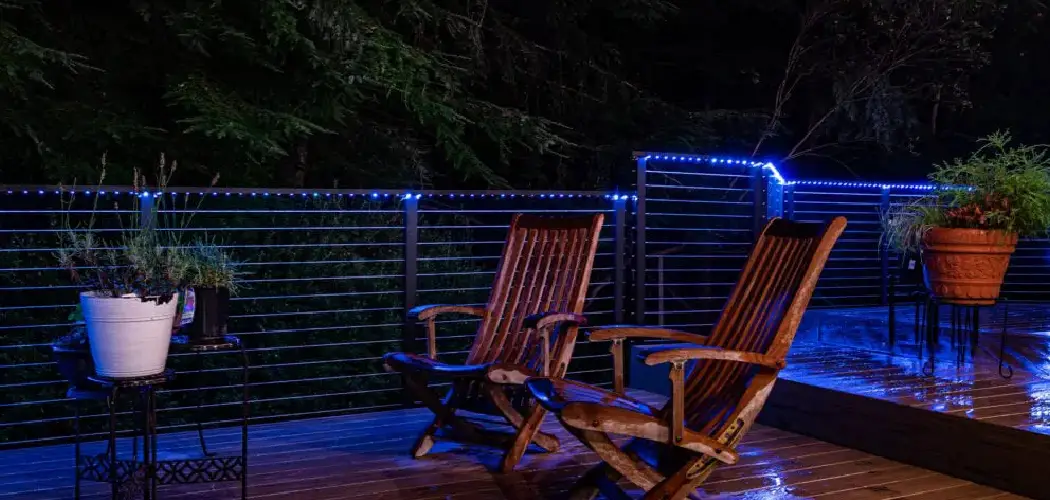Keeping LED lights securely in place can be a challenge, especially when dealing with uneven surfaces or improper application techniques. Whether you’re using

LED strip lights for home decor, festive lighting, or functional illumination, ensuring they stay adhered prevents damage and enhances their longevity. This guide will provide practical tips and techniques on how to keep led lights from falling, ensuring a hassle-free setup.
Choosing the Right LED Lights and Adhesive
Selecting the appropriate LED lights and adhesive is crucial for a secure and lasting setup. Start by choosing high-quality LED lights with a durable backing material that can adhere well to various surfaces. Look for lights that come with built-in adhesive, as these are often designed specifically to provide strong and reliable sticking power.
However, if the included adhesive isn’t sufficient, consider purchasing heavy-duty double-sided tape or mounting clips specifically designed for LED strips. Ensure the adhesive you choose is suitable for the surface you’re working with—smooth, dry, and clean surfaces work best to maximize sticking power. Additionally, avoid using adhesives on textured or dusty areas as these reduce their effectiveness. By combining the right LED lights with a compatible adhesive, you can set a solid foundation for a long-lasting and stable lighting solution.
Preparing the Surface for Better Adhesion
Properly preparing the surface is essential to ensure that your LED lights adhere securely and remain in place over time. Begin by cleaning the area where the lights will be applied. Use a soft cloth or sponge with a mild cleaning solution to remove dirt, dust, and grease, as these can interfere with adhesion. Allow the surface to dry completely before proceeding, as moisture can weaken the adhesive bond.
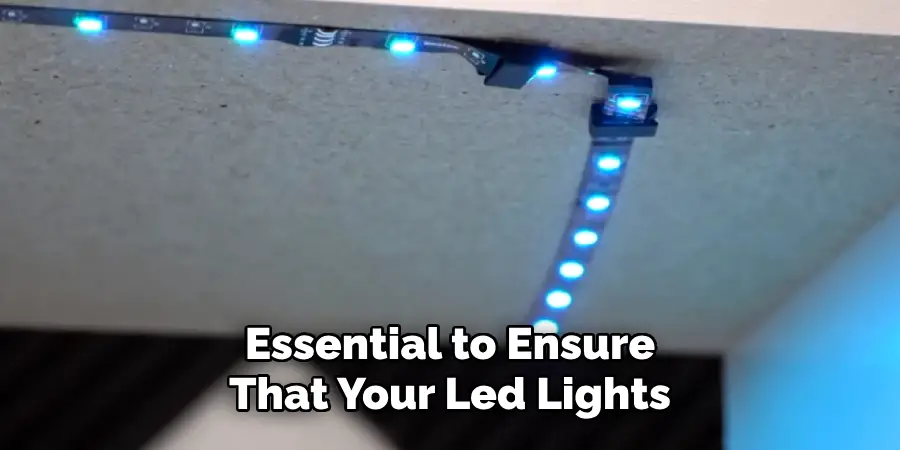
For particularly smooth surfaces, consider lightly sanding the area to create a bit of texture, which can help the adhesive grip more effectively. Additionally, avoid applying the lights to surfaces that are excessively textured, porous, or rough, as these can make it harder for the adhesive to stick properly. Taking the time to prepare the surface thoroughly will significantly improve the durability and stability of your LED light installation.
10 Methods How to Keep Led Lights from Falling
1. Choosing High-Quality Adhesive LED Strips
The first step to preventing LED lights from falling is selecting high-quality LED strips with strong adhesive backing. Cheaper LED strips often come with weak adhesive that may not stick well to certain surfaces. Look for LED strips that use premium 3M adhesive or an equivalent high-bond adhesive to ensure durability and strong adhesion.
2. Cleaning the Surface Before Installation
A common reason LED lights fall off is improper surface preparation. Before installing your LED strips, clean the surface thoroughly with rubbing alcohol or a mild detergent to remove dust, oil, and debris. A smooth, dry surface provides better adhesion and prevents the lights from peeling off over time.
3. Reinforcing with Additional Double-Sided Tape
If the adhesive on your LED lights isn’t strong enough, reinforce them with extra double-sided mounting tape. Heavy-duty tapes like Gorilla Tape or Command Strips provide additional grip and prevent the LED strips from detaching, especially on rough or textured surfaces.
4. Using Mounting Clips for Extra Support
For a more secure hold, use plastic or metal mounting clips designed for LED strips. These clips screw into the wall or ceiling and keep the lights firmly in place. This
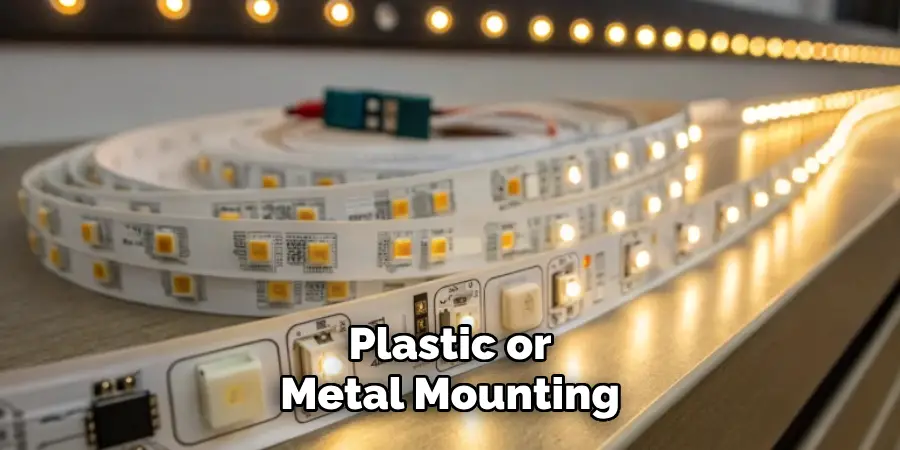
method is especially useful for longer LED strips that may sag over time.
5. Securing with Hot Glue or Silicone Adhesive
For a permanent solution, apply small dots of hot glue or silicone adhesive along the length of the LED strip. Hot glue dries quickly and holds well, while silicone adhesive provides a strong yet removable bond. Be careful not to cover the LED bulbs themselves to avoid overheating.
6. Using Zip Ties for Wire Management
For LED string lights or individual LEDs, zip ties offer a practical solution to keep them in place. Fasten the wires to furniture, curtain rods, or other structures using zip ties to prevent them from sagging or falling. This method is particularly useful for outdoor LED installations.
7. Installing LED Channels for a Professional Look
Aluminum or plastic LED channels provide a professional and secure way to mount LED strips. These channels not only keep LED lights from falling but also protect them from dust and damage while diffusing the light for a sleek appearance. Attach the channels using screws or industrial adhesive for a long-lasting installation.
8. Using Command Hooks for Temporary Installations
If you need a non-permanent solution, Command hooks are a great option. They come with adhesive backing that sticks well to walls without causing damage. Use these hooks to support LED string lights or hold up LED strips in areas where you don’t want to use screws or permanent adhesives.
9. Avoiding Excessive Heat and Moisture Exposure
Heat and moisture can weaken adhesives, causing LED lights to fall. Avoid placing LED strips near heat sources such as radiators or direct sunlight, and choose
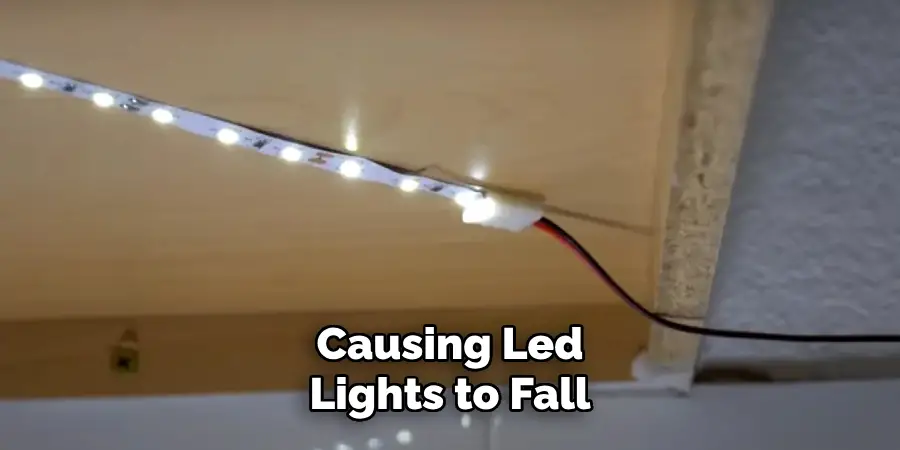
waterproof LED strips for bathrooms and outdoor spaces. Using a dehumidifier in humid environments can also help maintain strong adhesion.
10. Replacing Worn-Out Adhesive Over Time
Over time, the adhesive backing on LED lights may weaken due to dust, temperature changes, and general wear. If your LED strips start to peel off, remove them carefully and replace the adhesive with fresh double-sided tape or adhesive spray. Regular maintenance ensures your lights stay secure for longer periods.
Troubleshooting Common Issues
Even with proper installation and quality materials, LED light setups can sometimes encounter issues. Below are some of the most common problems and their solutions to ensure your LED lights remain functional and secure.
1. LED Strips Not Sticking to the Surface
If your LED strips are not adhering properly, it could be due to improper surface preparation or weak adhesive. Ensure the surface is clean, dry, and smooth. If the adhesive provided with the LED strip is not effective, consider using high-quality double-sided tape, mounting clips, or an adhesive spray to reinforce the stickiness.
2. LED Strips Falling Over Time
LED strips that sag or fall after installation may indicate failing adhesive or excessive weight for the adhesive used. You can address this by reinforcing the strips with mounting clips, zip ties, or LED channels. For a more permanent solution, you may opt to use silicone adhesive or hot glue along the length of the LED strips.
3. Uneven Lighting or Gaps Between Segments
If certain sections of the LED strip are dim or flickering, it could be due to poor power connections or damage to the strip. Check all connections to ensure they are firmly in place and inspect the strip for damage. If an LED section is malfunctioning, you may need to mend the connection with a soldering kit or replace that portion of the strip.
4. LED Strips Losing Adhesion in Humid Environments
Humidity can weaken adhesive strength over time. To prevent this, opt for waterproof LED strips with weather-resistant adhesives for bathrooms or outdoor areas. Using a silicone sealant around edges or a dehumidifier in high-moisture spaces can also improve adhesion and durability.
Safety Considerations
When installing and using LED lights, it is important to prioritize safety to avoid potential hazards. Here are some key safety tips to keep in mind:
1. Avoid Overloading Circuits
Ensure that the total wattage of your LED lights does not exceed the capacity of the circuit they are connected to. Overloading can lead to overheating and potential electrical fires. Use a power supply rated for the specific requirements of your LED setup.
2. Properly Insulate Connections
Exposed wires or poor connections can increase the risk of electrical shocks or
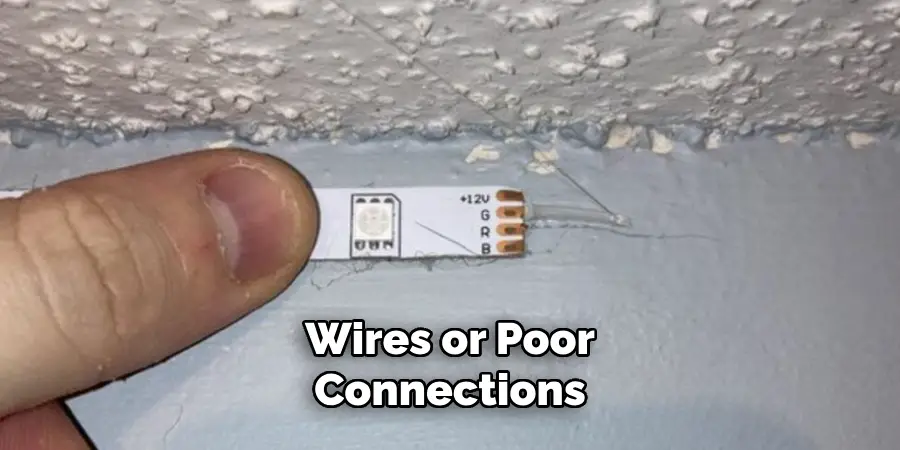
short circuits. Always insulate connections with heat shrink tubing or electrical tape, and double-check that all wires are securely attached.
3. Use LEDs with Appropriate Voltage
LED strips come in varying voltage ratings, such as 12V or 24V. Always pair your LED lights with the recommended power supply to ensure they operate efficiently and safely. Mismatched voltage levels can damage the lights and present safety risks.
4. Avoid Water Exposure for Non-Waterproof LEDs
For installations in bathrooms, kitchens, or outdoor spaces, make sure you use waterproof LED strips. Non-waterproof LEDs exposed to moisture can create electrical hazards, so always check the IP rating of the lights before installation in such environments.
5. Prevent Overheating
LEDs are energy-efficient, but improper use can still cause them to overheat. Ensure proper ventilation around the lights and avoid placing them near heat sources. Using aluminum channels or heat sinks can help dissipate heat effectively.
Conclusion
By following these ten methods, you can effectively keep your LED lights from falling and maintain a well-lit, aesthetically pleasing space. Whether through strong adhesives, clips, zip ties, or mounting channels, securing your LED lights properly ensures they stay in place, providing long-lasting illumination and enhancing the overall ambiance of your home or workspace. Thanks for reading, and we hope this has given you some inspiration on how to keep led lights from falling!

